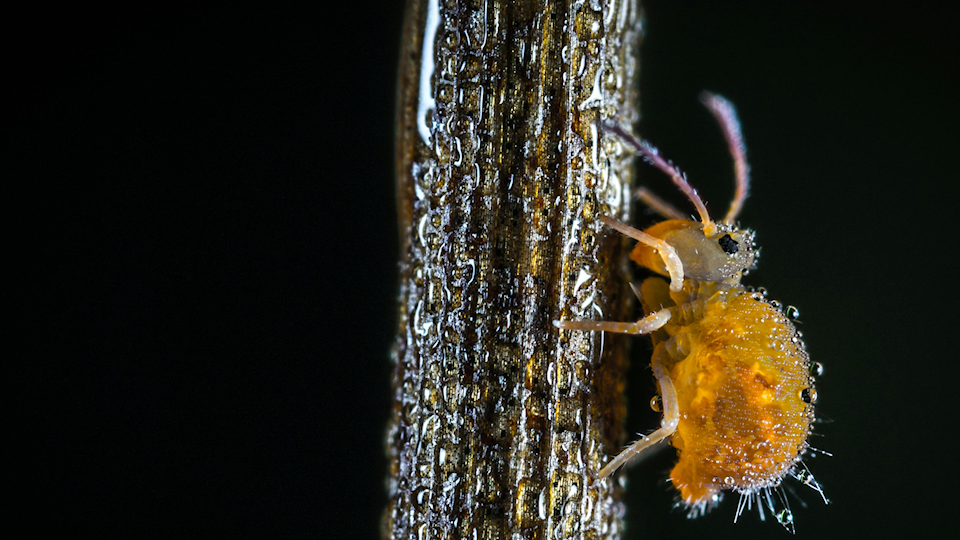Lice removal professionals warn parents of rising lice cases in the GTA as elementary schools close in the coming months and summer camps open.
Lice, specifically head lice, are highly contagious parasites that jump from head to head, latching themselves to the carrier’s hair and feeding off their blood.
Like any contagious illness or parasite, lice are more likely to spread when the carrier does not know they have them, making lice common amongst daycares and elementary schools.
Deborah Sydney, owner of The Lice Shack, said this increase in cases is in part because of the lack of checks in schools.
“The schools don’t check the kids anymore and parents don’t know how,” Sydney said.
The Toronto District School Board reviewed its rules in 2016 regarding allowing children with head lice to continue attending school. The TDSB noted while nits, the egg or young form of a louse or other parasitic insect, were annoying, they should not halt students from their studies.
This change did not initially increase lice cases as students were still regularly checked at their respective schools.
The issues arose following the COVID-19 pandemic, as protocol surrounding lice went on the back burner, Sydney said.
“For a while, there were barely any lice cases because kids weren’t allowed to be close to one another,” Sydney said.
But as school restrictions surrounding COVID lessened, lice checks remained somewhat forgotten prompting this increase in cases, she said.
Shawnda Walker, owner of Nitwits Lice Removal, said she has been in the lice removal industry for 15 years and has noticed a sharp increase in cases from the previous year.
“Cases are up 14 per cent from last year,” Walker said.
She is unsure why that is but she noticed her clientele has gotten older.
“I’ve noticed more kids around 11 have had lice cases this year,” Walker said.
She hypothesized this may have to do with young adolescents’ use of social media apps like TikTok.
“Unlike little kids, [adolescents] typically have access to social media so when they do beauty-related videos together they are helping lice to jump from head to head,” Walker said.
Sharing products like hats, brushes, and hair accessories allows lice to transfer carriers, considering they cannot fly, are not airborne, and can’t survive without a host.
Sydney shared a joke when asked about super lice, which are genetically mutated and resistant to traditional removal products.
“If they’re not wearing a cape, they’re not super,” Sydney said. “Just like we can build resistance to some over-the-counter medications, so do they.”
Sydney and Walker both say it is crucial to have patience when removing lice.
“The most important tool to have is a proper comb, which parents can buy on Amazon,” Walker said.
“There’s no need to re-paint the whole house and buy new furniture,” Sydney said. “Lice don’t live long outside of their host.”
A large percentage of Walker’s clientele were summer camp attendees last year. She said it’s important to keep lice transferral at a minimum.
“There was a large number of cases from overnight camps last year,” Walker said. “Camps were doing COVID protocols and councillors either weren’t taught about checking for lice or thought because the previous year’s cases were so low that they didn’t need to.”
Sydney also calls to parents to educate themselves on lice to prevent infestation.
“Check your kid’s scalp regularly to avoid unwanted surprises,” she said.



